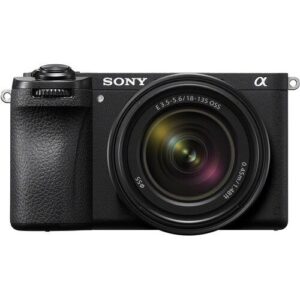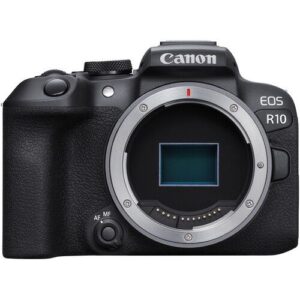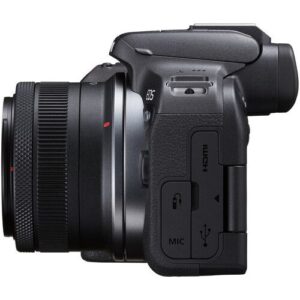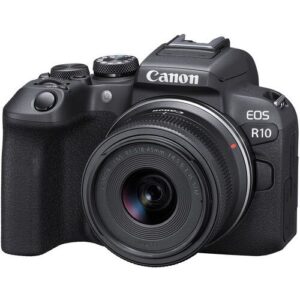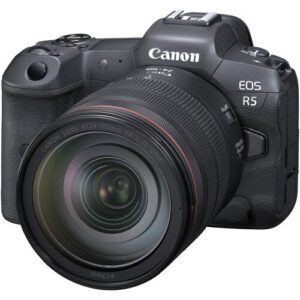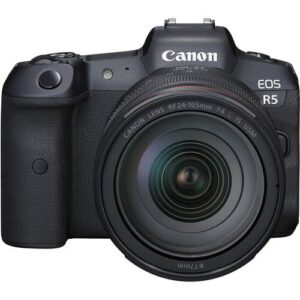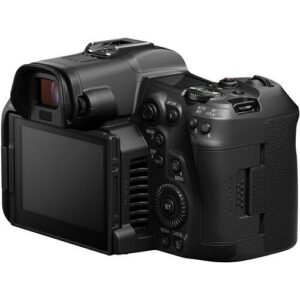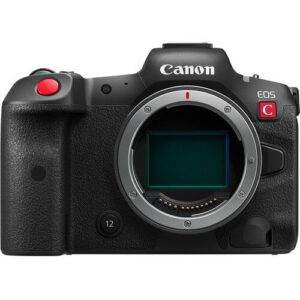Sony Alpha a6700 Mirrorless Digital Camera with 18-135mm Lens (Black)
1 500,00 € Original price was: 1 500,00 €.1 350,00 €Current price is: 1 350,00 €.
Have any Questions?
Feel free to Get in touch
Description
The Multi-Tool for the Multi-Hyphenate
A compact synthesis of Sony’s Cinema Line innovations, α-series still-image rendering quality, and advancements in AI-based recognition technology, the a6700 Mirrorless Camera puts powerful and versatile imaging capabilities into the hands of ambitious content creators. Powered-up by its combo of the latest 26.0MP back-illuminated Exmor R CMOS sensor and the BIONZ XR processor, the camera nevertheless weighs less than its predecessor, resulting in a mobile workhorse capable of an unstrained 11 fps continuous stills capture or stress-free UHD 4K video oversampled from a 6K resolution, making it a formidable multi-tool for the multi-hyphenate creative.
26.0MP Exmor R CMOS Sensor and BIONZ XR Processor
The Sony a6700’s advanced imaging system is powered by the 26MP APS-C Exmor R CMOS sensor and BIONZ XR processor, a combination introduced in the FX30 Digital Cinema Camera that is capable of 10-bit UHD 4K imagery at up to 120 fps or a top continuous shooting rate of 11 fps with AF and AE and up to 59 compressed raw still images in bursts. The introduction of the back-illuminated structure to the camera’s sensor gives it a higher resolution without sacrificing sensitivity. With an ISO range of 100-32000 that’s expandable to ISO50-102400 when shooting stills, the camera boasts low-light performance with minimal noise and more than 14 stops of dynamic range.
AI-Powered Autofocus and Image Stabilization
The Sony a6700’s AI Processing Unit brings a host of enhanced capabilities to the camera’s autofocus and image stabilization systems, ensuring smooth handling and clarity no matter the shooting conditions. The camera’s 759 phase detection points in stills mode and 495 points in video mode, covering 93% of the image area, are enhanced with AI-powered subject recognition performance and real-time tracking. Other autofocus features include focus bracketing in up to 299 images with sequentially-shifted focus points, focus accuracy in low light down to EV -3.0, focus breathing compensation, autofocus assist, focus mapping, and focus peaking during autofocus.
Box Content
Sony Alpha a6700 Mirrorless Digital Camera
Sony E 18-135mm f3.5-5.6 OSS Lens
Sony NP-FZ100 Rechargeable Lithium-Ion Battery (2280mAh)
Sony ALC-B1EM Body Cap for E-Mount Cameras
Shoulder Strap
Accessory Shoe Cap
Eyepiece Cup
Lens Caps
Lens Hood






